Training Your Cat: How to Teach Litter Box Use
Cats, those independent and mysterious creatures, often require guidance when it comes to litter box training. In this comprehensive guide, we’ll delve into the world of feline instincts, environment preparation, and effective training techniques to ensure a harmonious relationship between you and your furry friend.
Understanding the Importance of Litter Box Training
Litter box training is a crucial aspect of cat ownership. It provides cats with a designated space for waste elimination, ensuring a cleaner and more hygienic living environment for both you and your pet. Moreover, proper litter box training prevents your cat from developing undesirable habits like urinating or defecating outside the box.
The Benefits of a Well-Trained Cat
A well-trained cat is not only a pleasure to live with but also forms a deeper bond with its owner. Litter box training sets the foundation for good behavior and allows your feline companion to thrive in your home without causing unnecessary stress or mess.
Understanding Your Cat’s Instincts
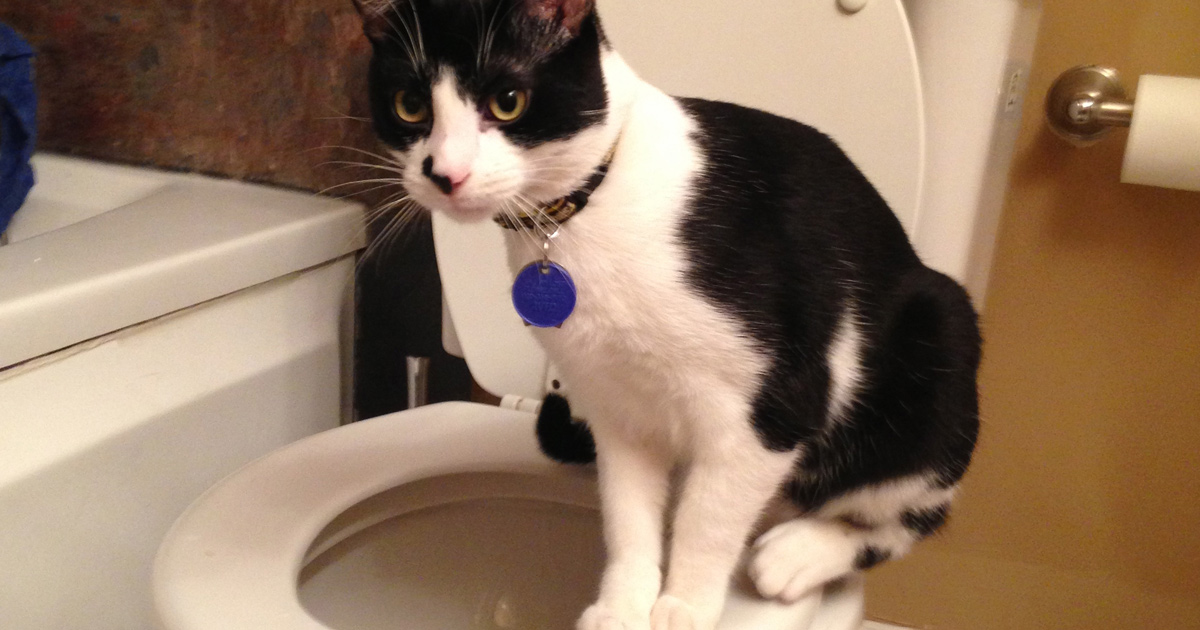
The Natural Instinct to Bury Waste
Cats have a natural instinct to bury their waste, dating back to their wild ancestors. Understanding and respecting this instinct is key to successful litter box training. Providing an appropriate litter box and substrate mimics this behavior.
Territorial Marking and How to Prevent It
Cats may mark their territory by spraying urine, especially if they feel threatened or stressed. Litter box training can help prevent territorial marking by ensuring your cat has a proper place to relieve themselves.
Preparing the Right Environment
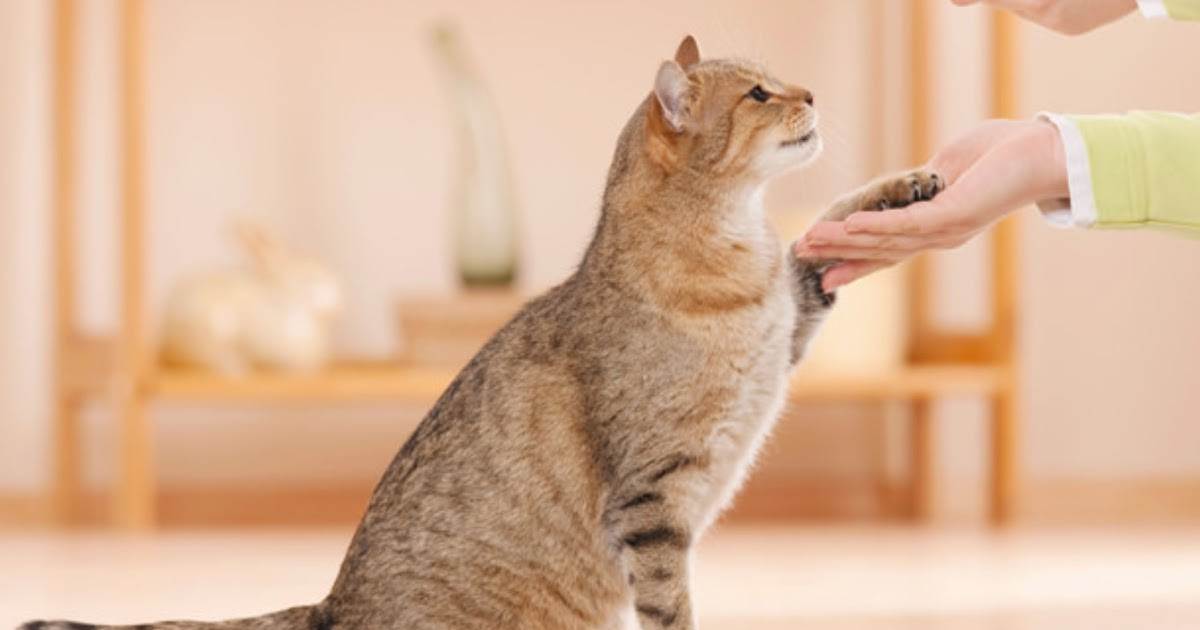
Choosing the Right Litter Box
Selecting the right litter box is vital. Consider factors such as size, depth, and ease of access. Some cats prefer covered boxes for privacy, while others prefer open ones. It’s essential to choose a litter box that suits your cat’s preferences.
Selecting the Right Type of Litter
Litter comes in various types, including clumping, non-clumping, clay-based, and natural alternatives like corn or wheat. Experiment with different types to find the one that your cat prefers. Some cats have specific texture preferences.
Finding the Ideal Location for the Litter Box
The location of the litter box matters. It should be placed in a quiet, accessible, and low-traffic area. Cats value their privacy, so choose a spot where your cat can eliminate without feeling vulnerable.
Introducing Your Cat to the Litter Box
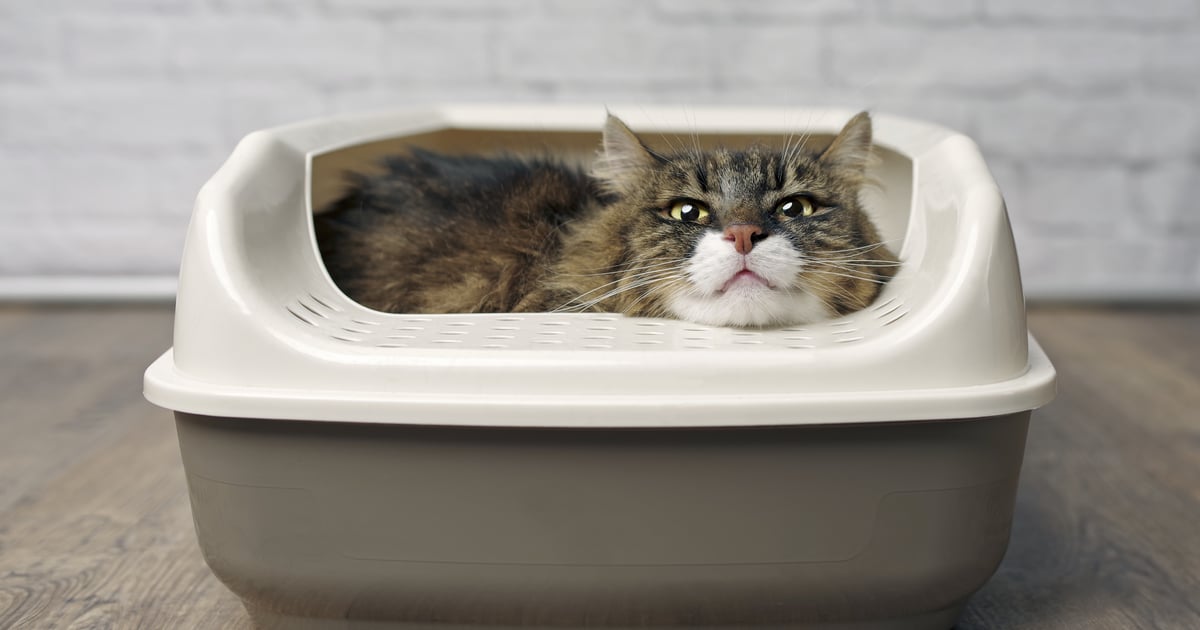 The Gradual Introduction Process
The Gradual Introduction Process
When introducing your cat to the litter box, start gradually. Place your cat in the box and let them explore. Encourage them to step in and scratch the litter with their paws. Patience is key during this phase.
Positive Associations with the Litter Box
Make the litter box a positive experience by offering treats or praise when your cat uses it correctly. This reinforces the idea that the litter box is a safe and rewarding place.
Using Encouragement and Praise
Verbal encouragement and gentle praise can go a long way in reassuring your cat. When they use the litter box, offer encouraging words and affectionate gestures to let them know they’re doing well.
Training Techniques for Kittens
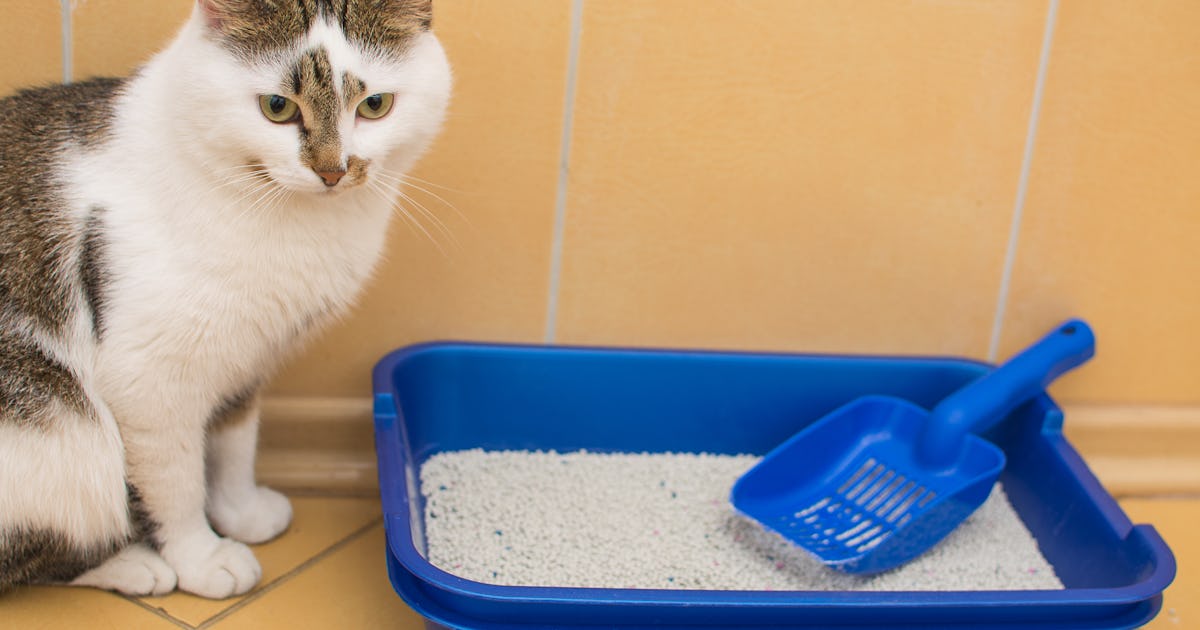
Early Litter Box Training for Kittens
Kittens are generally quick learners. Begin litter box training as early as four weeks old. Place them in the box after meals or naps to establish a routine.
Establishing a Routine for Young Cats
Consistency is key when training kittens. Stick to a regular schedule for feeding and litter box breaks. Young cats thrive on routine, and this will help them become reliable with their litter box habits.
Training Techniques for Adult Cats
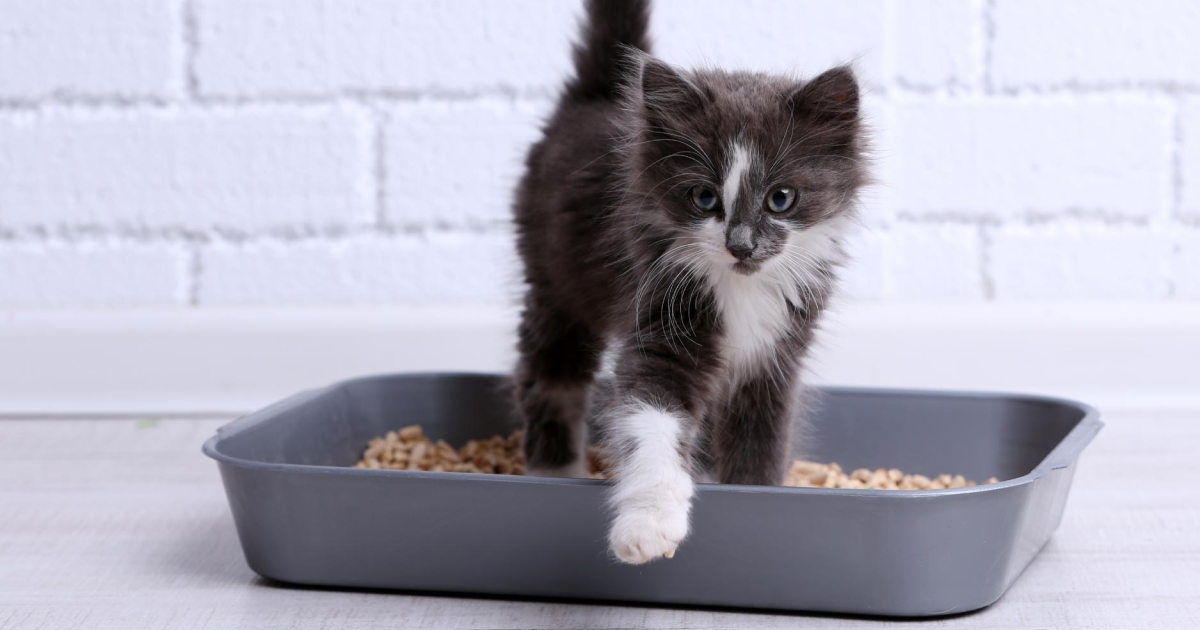
Addressing Litter Box Issues in Adult Cats
If you’re training an adult cat or dealing with litter box problems, assess any underlying issues first. Medical conditions, stress, or changes in the environment can affect litter box behavior. Address these concerns before proceeding with training.
Rewiring Negative Associations
For cats with negative litter box associations, it’s essential to create positive ones. Gradually reintroduce the litter box, making it a pleasant and low-stress experience.
Troubleshooting Common Problems
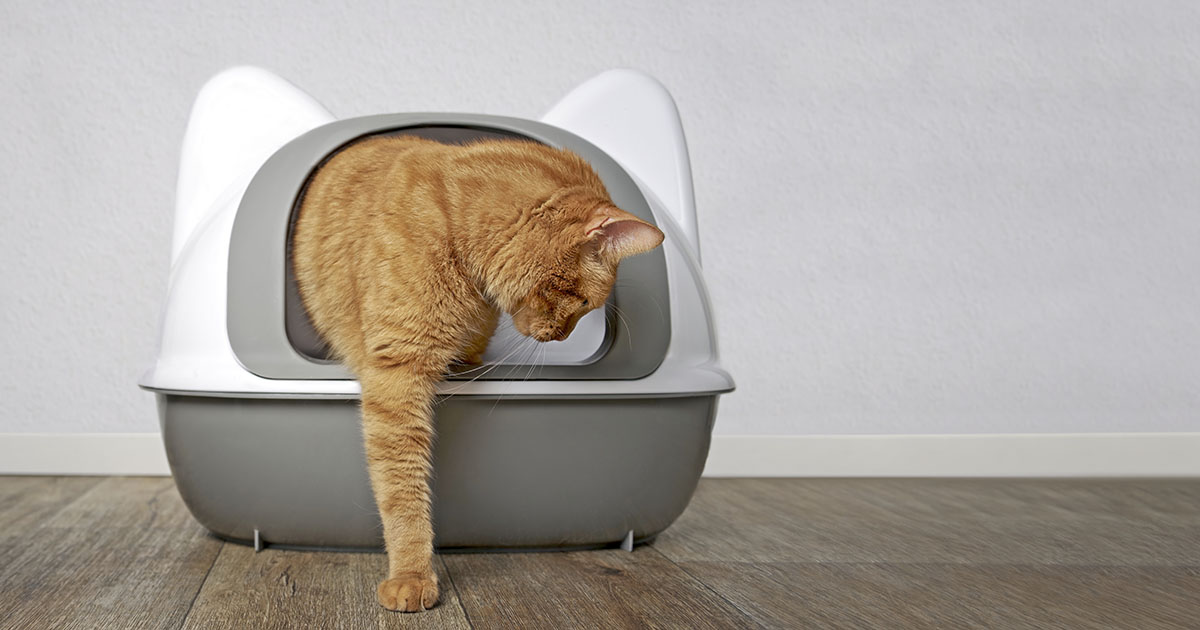
Dealing with Litter Box Avoidance
Litter box avoidance can be a frustrating issue. Identify the cause, whether it’s a dirty box, medical problem, or stress, and take steps to address it accordingly.
Coping with Accidents Outside the Box
Accidents happen, especially during the training process. Clean up accidents promptly and use enzymatic cleaners to remove odors thoroughly. This prevents your cat from returning to the same spot.
Handling Litter Box Aggression
If you have multiple cats and encounter litter box aggression, consider providing separate litter boxes for each cat to reduce territorial conflicts. Gradual introductions and positive associations can also help.
Maintaining a Clean and Inviting Litter Box
Regular Cleaning and Maintenance
Routine cleaning and maintenance of the litter box are essential. Scoop waste daily, change litter regularly, and clean the box with mild soap to prevent odor buildup.
Replacing Litter and Cleaning the Box
Replace the entire litter and clean the box at least once a month. Cats are more likely to use a clean litter box, and this practice prevents unpleasant odors.
Preventing Odor Build-Up
To prevent odor build-up, consider investing in odor-absorbing litter or adding baking soda to the litter. Proper ventilation in the litter box area can also help circulate air and reduce odors.
Understanding Cat Preferences
Identifying Texture and Depth Preferences
Some cats have specific preferences for litter texture and depth. Experiment with different types to find what your cat prefers. Cats may favor soft, sandy textures or deeper litter for digging.
Scent Preferences and Odor Control
Cats are sensitive to scents. Avoid using heavily scented litters that may deter them. Instead, opt for unscented or mildly scented litters to cater to their preferences.
Size and Privacy Preferences
Some cats prefer larger litter boxes for more space, while others favor smaller, cozier ones. Additionally, privacy can be essential for some cats, so consider covered boxes if your cat values solitude.
Dealing with Multi-Cat Households
Multiple Litter Boxes for Multiple Cats
In multi-cat households, having multiple litter boxes is essential. The general rule is one box per cat, plus an extra one to ensure that each cat has a designated spot.
Managing Territory and Space Issues
Cats in multi-cat households may experience territorial disputes. Ensure that litter boxes are spread throughout the house to prevent one dominant cat from guarding them all.
Transitioning from Outdoors to Indoors
Training Outdoor Cats to Use a Litter Box
If you’re transitioning an outdoor cat to an indoor environment, provide a litter box with outdoor-like features. Gradually limit outdoor access to encourage litter box use.
Adapting Feral Cats to Indoor Litter Boxes
Adapting feral cats to indoor litter boxes can be a gradual process. Begin with a large, covered box and gradually switch to a standard one once the cat is comfortable.
Litter Box Training for Senior Cats
Addressing Age-Related Litter Box Changes
Senior cats may experience age-related issues that affect their litter box use. These can include arthritis or decreased mobility. Adapt the litter box setup to accommodate their needs.
Making Adjustments for Senior Feline Needs
Consider providing lower entry litter boxes for senior cats, making it easier for them to access. Additionally, offer softer litter to accommodate sensitive paws.
Ensuring Medical Issues Aren’t the Cause
Recognizing When a Health Problem is the Culprit
If your cat’s litter box behavior changes suddenly, consult a veterinarian. Health issues like urinary tract infections can lead to inappropriate elimination, and timely diagnosis is crucial.
Consulting Your Vet for Litter Box Problems
Your veterinarian can provide valuable insights and recommendations for addressing litter box problems related to medical issues. Follow their guidance to ensure your cat’s health and well-being.
Alternatives to Traditional Litter Boxes
Exploring Different Litter Box Options
Traditional litter boxes aren’t the only option. Explore various alternatives, including automatic self-cleaning litter boxes, top-entry boxes, and even high-sided storage containers.
Self-Cleaning Litter Boxes: Pros and Cons
Self-cleaning litter boxes offer convenience but may not be suitable for all cats. Understand the pros and cons before making a choice.
DIY and Creative Litter Box Solutions
For those looking for creative solutions, consider DIY projects like hidden litter box furniture or custom-made litter box enclosures. These can blend seamlessly with your home decor.
Litter Box Training for Traveling Cats
Preparing Your Cat for Travel
Traveling with your cat may require litter box adjustments. Ensure your cat is comfortable with a portable travel litter box before embarking on journeys.
Portable Litter Box Options
Portable and collapsible litter boxes are available for travel convenience. These options are lightweight and easy to transport, making them ideal for on-the-go cats.
Maintaining Litter Box Use on the Road
Maintaining litter box use while traveling is crucial. Stick to a consistent schedule and offer familiar litter to reassure your cat in new environments.
Conclusion
A Cause for Celebration: The Triumph of Litter Box Training
The successful completion of litter box training marks a significant milestone in your journey as a cat owner. It’s a moment of triumph, a reason to celebrate, and the beginning of a harmonious coexistence between you and your feline companion. In this concluding section, we’ll delve deeper into why this achievement is worth celebrating and how it contributes to building a stronger bond with your beloved cat.
The Significance of Successful Litter Box Training
To fully grasp the importance of successful litter box training, consider the alternative: a cat that hasn’t been properly trained may eliminate waste indiscriminately, leading to a host of problems. Unpleasant odors, unsightly messes, and potential damage to your home can result from ineffective training. The consequences can also extend to the emotional well-being of both you and your cat, causing frustration and stress.
In contrast, a well-trained cat understands the designated space for waste elimination and respects it. This not only keeps your living environment clean and hygienic but also enhances your overall living experience. You’ll no longer find yourself dreading that telltale odor or the discovery of an unwelcome surprise on the carpet. Instead, you can enjoy a cleaner, more pleasant home.
The Celebration of a Healthier Coexistence
Successful litter box training goes beyond the physical cleanliness of your living space; it contributes significantly to the overall health and well-being of your cat and strengthens the bond between you and your feline friend.
Cherishing the Journey and the Destination
In conclusion, celebrating the success of litter box training is not just about acknowledging the achievement; it’s about recognizing the journey you’ve undertaken with your cat. It’s a testament to your dedication, patience, and love for your feline friend. It signifies a cleaner, healthier living space and a deeper bond built on trust and understanding.
As you revel in this accomplishment, remember that it’s just one chapter in your ongoing story with your cat. Cherish the moments, celebrate the victories, and continue to nurture the unique bond you share. Through each experience, including the trials and tribulations of training, you strengthen the connection that makes having a cat in your life such a rewarding and heartwarming experience.
Frequently Asked Questions (FAQs) About Litter Box Training for Cats
Why is litter box training essential for cats?
Litter box training is crucial because it provides cats with a designated place for waste elimination. It helps maintain a clean and hygienic living environment for both you and your cat. Additionally, it prevents undesirable habits like urinating or defecating outside the box.
How can I understand my cat’s instincts when it comes to litter box training?
Cats have a natural instinct to bury their waste. This behavior stems from their wild ancestors, who buried their waste to avoid detection by predators. Understanding this instinct is essential for successful litter box training.
What should I consider when preparing the right environment for my cat’s litter box?
When preparing the environment, consider factors like choosing the right litter box, selecting the appropriate type of litter, and finding the ideal location for the litter box. These factors can significantly impact your cat’s litter box habits.
What are some tips for introducing my cat to the litter box?
When introducing your cat to the litter box, follow a gradual introduction process. Encourage positive associations with the box by using treats and praise. Patience and a calm approach are key during this phase.
Are there specific training techniques for kittens and adult cats?
Yes, training techniques can vary for kittens and adult cats. For kittens, start training as early as four weeks old, and establish a routine. For adult cats, address any litter box issues or negative associations before proceeding with training.
How can I troubleshoot common litter box problems, such as litter box avoidance or accidents outside the box?
To troubleshoot common problems, identify the underlying cause. Address issues like stress, dirty litter boxes, or medical problems. Keep the box clean, and use enzymatic cleaners to remove odors from accidents outside the box.
What can I do to maintain a clean and inviting litter box?
Maintaining a clean litter box is crucial. Regularly scoop waste, change the litter, and clean the box with mild soap. This prevents odor buildup and encourages your cat to use the box.
How can I understand my cat’s preferences in terms of litter texture, scent, and box size?
To understand your cat’s preferences, pay attention to their behavior and reactions to different types of litter. Some cats may prefer soft, sandy textures, while others may have size and privacy preferences. Avoid heavily scented litters if your cat is sensitive to odors.
What should I consider when living with multiple cats?
In multi-cat households, it’s crucial to have multiple litter boxes. The general rule is one box per cat, plus an extra one. Distribute the boxes throughout your home to prevent territorial disputes.
How can I transition outdoor cats to using a litter box or adapt feral cats to indoor litter boxes?
Transitioning outdoor cats or adapting feral cats to indoor litter boxes requires patience. Provide a litter box with outdoor-like features initially. Gradually limit outdoor access, and offer positive associations with the litter box to ease the transition.
In summary, litter box training is a vital aspect of cat ownership. Understanding your cat’s instincts and preferences, creating the right environment, and using appropriate training techniques are essential for a well-trained cat. Troubleshooting common problems and maintaining a clean litter box are key to successful training. By following these guidelines and being attentive to your cat’s needs, you can ensure a harmonious relationship between you and your feline friend.
In our ongoing quest to provide you with valuable insights on cat care, be sure to check out our article on “Choosing the Best Dog Breed for Your Lifestyle” It explores how to make your home more welcoming and comfortable for your feline companion. Additionally, for those seeking in-depth knowledge on feline behavior, our post on “Understanding Your Cat’s Body Language” deciphers the subtle cues your cat uses to communicate with you.
For further expertise on cat behavior and training, explore articles from authoritative sources in the field. The Cat Behavior Blog by Pam Johnson-Bennett is an excellent resource offering insights into cat behavior and solutions to common issues. You can also delve into the Medium for more information on pet care, including articles on litter box training and feline health.

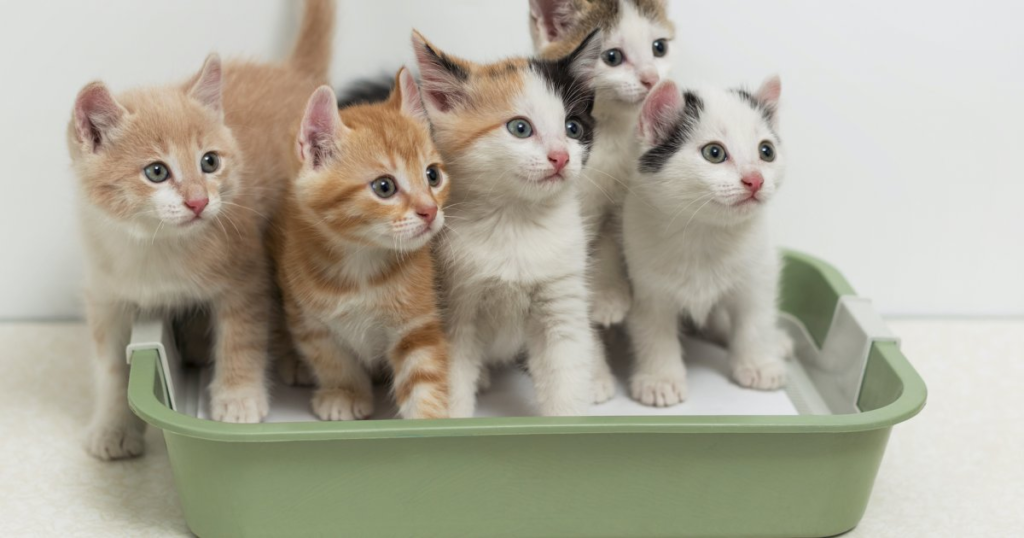




Uma resposta